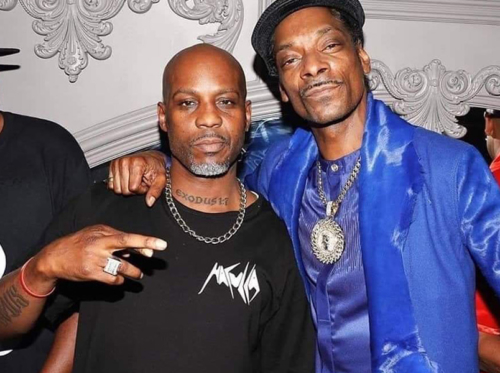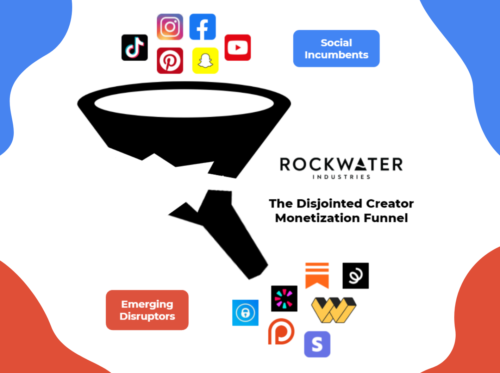Creator Fund Watch List
Executive Summary
As the creator economy continues heating up, social platforms are rapidly investing to differentiate their value prop to creators.
One of the hot trends to emerge are “Creator Funds”. In essence a creator fund is a dedicated pool of capital that a platform pays out to select creators who meet a specific set of criteria, with the goal to principally: 1. Enhance the quality of creator output & 2. To incentivize creators to build audience on said platform.
However, while there are many platforms launching funds, there are also drastically different strategies being employed; every platform is taking a unique approach to suit their specific goals.
Some Key Differences We Are Seeing Between Creator Funds Across Platforms:
- Fund Size: Some funds have chosen to make big splashy announcements to generate PR buzz and woo creators (e.g. Facebook & Instagram’s $1B fund) vs many other platforms that are choosing to tactically go small to start –> then test / adjust before scaling up
- Fund Allocation: There are differing schools of thought by platforms on the best way to split up the pie. For instance, Snap and TikTok at one point were both paying out close to $1M per day from their respective creator funds. Snap chose to highly concentrate their payouts to a select few creators that received 6 figure checks, vs TikTok who spread their payouts to thousands of creators that all received much smaller amounts. This contrast brings up an interesting question about creator income inequality that exists on platforms (which I could write a whole separate piece about), but suffice to say it is a dynamic worth watching
- Creators Targeted: Funds are each targeting creators based on the unique strategic mandate of their platforms. Two juxtaposed examples of this — Snap’s fund awards its payouts to highest performing creators (based on impressions) vs OnlyFans who gave out £80k to four British musicians. Each platforms approach reflects their different strategic goals — in the case of Snap to build a critical mass of audience that can compete with TikTok, and in the case of OnlyFans to tactically diversify away from adult content
- Accelerator Programs: Most funds strictly provide creators with financial support. But a new model we are increasingly seeing (now used by Clubhouse, Linkedin, Twitch, & Pinterest) is a supporting accelerator program, which is actually similar to a Y Combinator model. Where in addition to financial support — creators get platform guidance, marketing / branding support, and get to be a part of a creator community (which is instrumental in mitigating creator burnout)
It will be interesting to see which Creator Fund models prove most efficacious for building long term creator value and how the platforms collectively consolidate around those models.
Check out our Roundup Podcast to hear more RockWater insights on creator funds.
Enjoy the findings!
Last Updated: October 12, 2021
Source data from company press releases.



